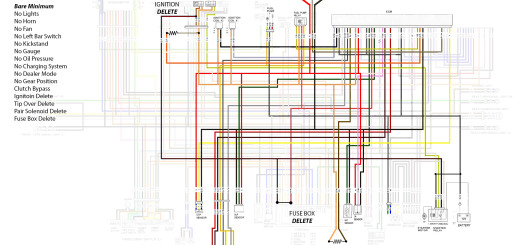Dear Suzuki…
This post has already been read 4714 times!
An Article by: Michael Copoulos (CopBuilt/RBoM)
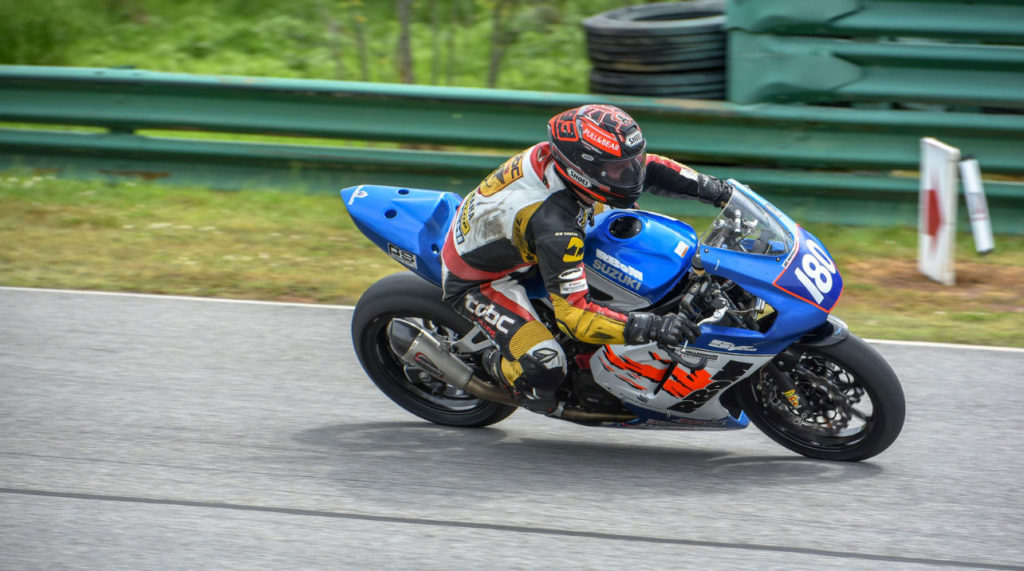
Photo By: Sara Spicer
2021 is almost here and things are changing in the small segment of the motorcycle industry that has been my focus for quite a few years. The lightweight class has always been an affordable option for enthusiasts to experience two wheels on the street and on the track. In 1999, Suzuki took the SV400, punched and stroked it out to 645cc. The newly formed SV650 took over the market from the Honda Hawk, the EX500 and the FZR400. Thousands of SV650s were sold and many of these bikes went to the race track and filled the lightweight grids. Suzuki with its generous contingency program and Suzuki Cup Championship races solidified the SV dominance in the lightweight classes. Kawasaki was first to bring out a challenger with the Ninja 650. The bike never gained popularity here in the US, even though it proved to be a capable machine on the road and on the track overseas. In 2014, Yamaha introduced the FZ07 (now called the MT-07). The bike is very light and has a very capable power plant that is extremely neutered from the factory. A few simple airbox modifications boosts power considerably and the cross plane crank gives the bike amazing acceleration with a nice V twin sound.
Jump forward to the end of 2020 and we’ve just finished our 3rd season of Moto America Twins Cup. The SV650 has taken the championship 3 years in a row but the competition has picked it up. The FZ07 has shown its advantage in acceleration while suffering from a somewhat flimsy chassis. For 2021, Aprilia has reset the standards and has built the RS660. Little is known about the bikes true potential, but Aprilia brought its 5 North American test bikes to Circuit of the Americas for a track day; the initial impressions seem to be the bike is bad ass. Throttle by wire with a full complement of electronics, upside down forks, radial calipers, aluminum chassis, all new 659cc cross plane in-line twin with 48mm throttle bodies, variable length intake runners, etc. The bike has all the technology of a modern 1000cc superbike, and an $11,200 MSRP. This price tag does place it $3900 more than the SV650 and MT-07. Some recent journalists have focused on the cost of the RS660 and have used the MSRP as a basis for establishing its competition as comparably priced bikes, such as the Triumph 675 speed triple, KTM Duke 790/890, Ninja ZX-636, and Honda’s CBR650. While in the same price range, these machines are not it’s competition. Being a racer, I establish its competition by what bikes the RS660 will grid up against on the race track. In Moto America Twins Cup, that will be the Yamaha FZ07/MT07, Ducati Monster 797, Kawasaki Ninja 650, and the Suzuki’s old and crusty SV650.
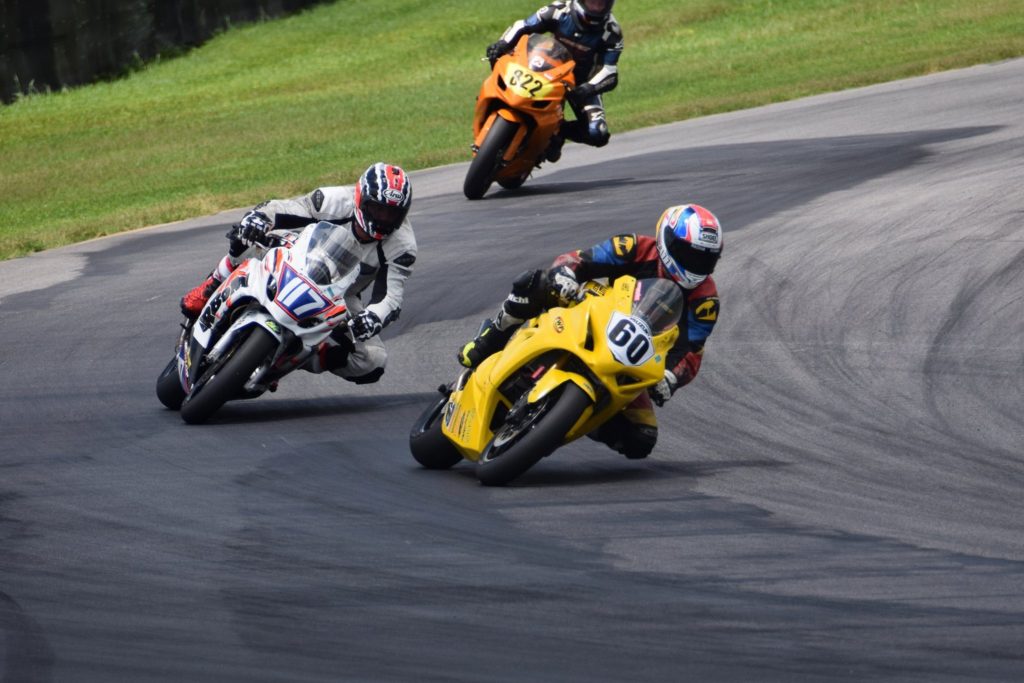
Now, before you write off Twins Cup as a RS660 Cup please remember that there is a provision in the Moto America technical regulations that allows balancing of machines to ensure parity. As quoted from the 2020 Moto America Rulebook:
2.8.3 Balancing various motorcycle concepts
In order to equalize the performance of motorcycles used in the Twins Cup Championship, a system of performance enhancements or restrictions can be developed (such as minimum weight, air restrictors or REV limits may be applied according to their respective racing performances). The decision to apply a balancing system to a motorcycle will be made by the MotoAmerica Permanent Bureau based on decisions made by the Technical Director at any time deemed necessary to ensure fair competition.
So, with all this being said, and being a diehard SV650 fan, what do I think Suzuki should do to its crusty SV650 to keep it afloat against all of the newer lightweight twin cylinder machines?? Well here you go:
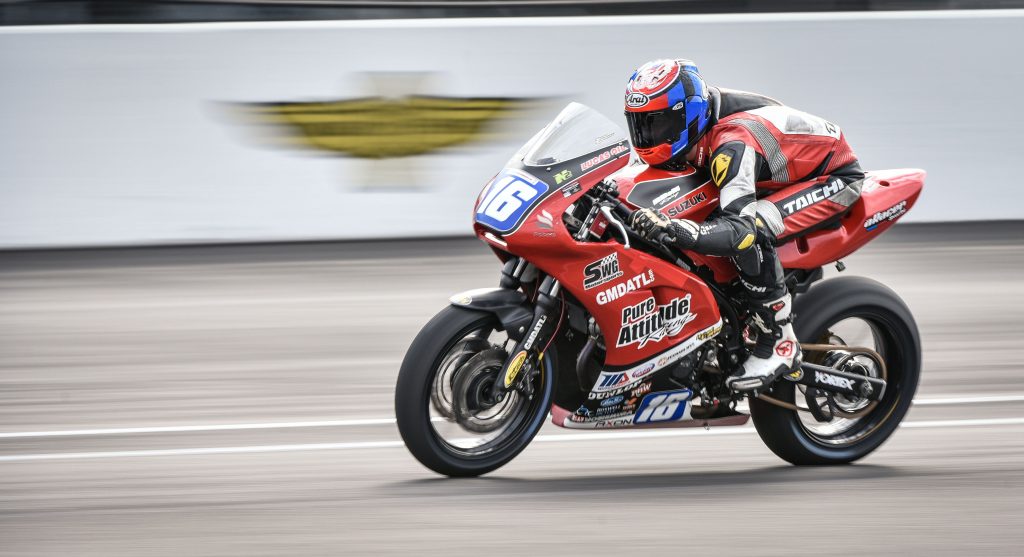
Dear Suzuki,
It’s time to upgrade the SV650. The current crop of mid-size twin cylinder bikes is moving forward with slipper clutches, cross plane crankshafts, and more powerful and capable electronics. The current 22 year old engine design still has a lot of to offer but it needs a bit of help. Yes, times are tough and the market may not support the costs associated with a complete redesign, but here are few things that can be done to improve the current bike and increase its appeal to new consumers:
More power. There is no replacement for displacement. Give the current bike a 2mm overbore and rename it the SV700 (actually 677cc but close enough for marketing). While you’re at it, let it breathe with increased valve size and bump the throttle bodies up to 42mm. Even better, source the 45mm throttle bodies from the V-strom 1000 and bolt them on. Add a back torque limiting clutch and for the love of God, ditch the generator that you sourced from a 1954 Ural and let’s get a lighter flywheel with rare earth magnets. Drop some weight off of the starter clutch too and we’ll have an engine that spins up much faster and has reduced engine braking. One more thing. That main bearing retainer that you had on the 1st gen SV650, bring that back please.
Suspension and brakes, leave them alone. This is a motorcycle that has appeal to the consumer with a thin wallet. Adding upgraded suspension will drive up the price. The 2019 brake upgrade to 4 piston calipers was spot on and provides plenty of stopping power.
Time to lose some weight. The 3rd gen (2017-2020) SV is a porker. The steel trellis frame is considerably heavier than the 2nd gen aluminum frame, putting the bike approximately 25 lbs. heavier than the MT-07. Unsprung weight loss is the best bang for the buck so redesign the wheels. The 3rd gen front wheel is actually heavier than the 2nd gen front wheel so that definitely needs some weight savings. The rear wheel assembly is ridiculously heavy (a GSXR 600 rear wheel swap cuts 4 pounds). While we’re redesigning the wheels, go with a 5.5” rear wheel so we can use more readily available rubber. Another place to cut weight, chop off the steel subframe and go back to a bolt on aluminum piece. Another 5 lb. weight savings.
Electronics. Leave it alone, because nobody needs traction control and various power modes on a 2 cylinder sub 100hp motorcycle. Keep ABS as an option because safety first, if you wish…
Make it sexy. Look at the Suzuki GSX250R. Suzuki did its best to make it look like its 4 cylinder GSXR big brothers. Similar styling should be applied on a rejuvenated SV700 “S” model. Ditch the ape hangers, bolt on some clip-ons, give it a half fairing similar in looks to a GSXR, raise the rear sets, drop the banana seat, and use the tail section/seat from a GSX250R.
Keep it affordable. Obviously the upgrades will add cost but we have to keep the price in line with the targeted consumer. The current SV650 MSRP is $7099, or $7499 with ABS. The SV650X model is $8399. The ugly X model should be dropped and the SV700S should replace it with a similar MSRP.
With the current trends of the motorcycle industry, these changes to the SV650 would sit well with consumers. The Aprilia has gained so much traction, why wouldn’t a more track oriented version of our beloved SV?
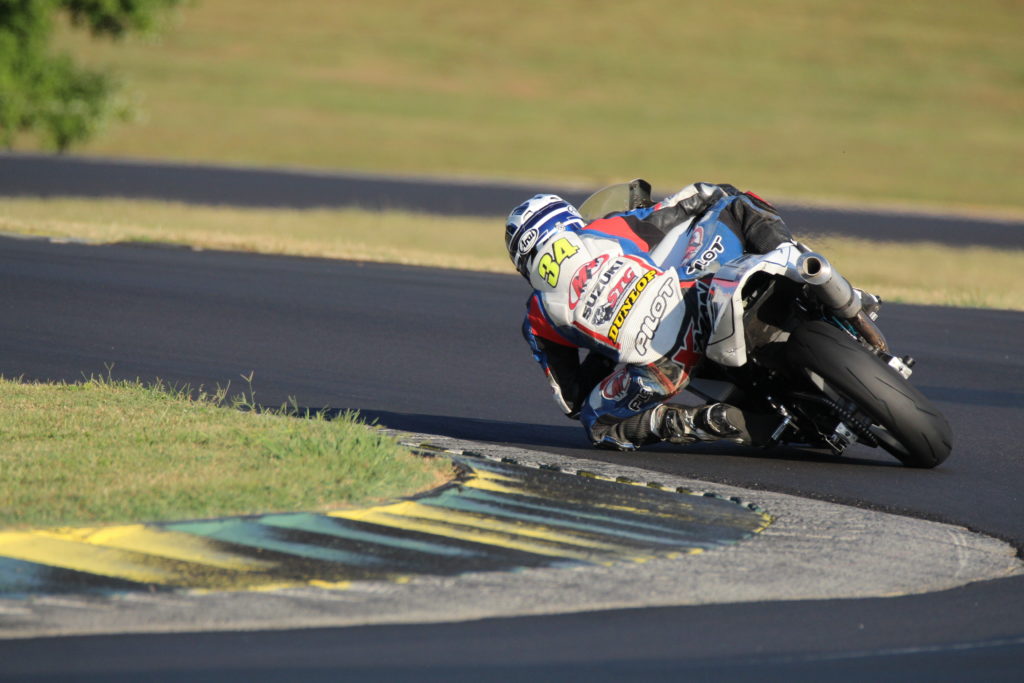
This post has already been read 4714 times!



